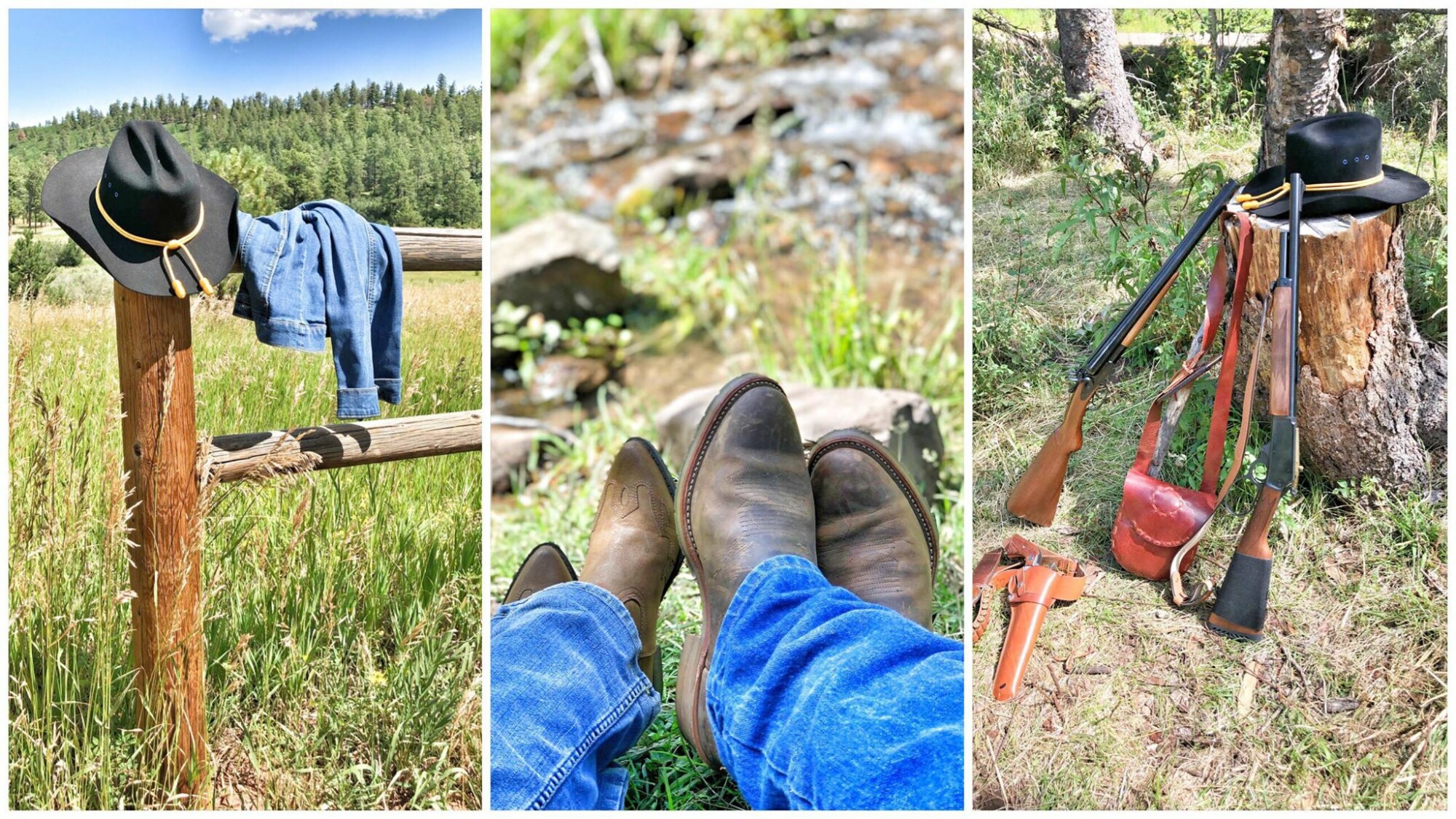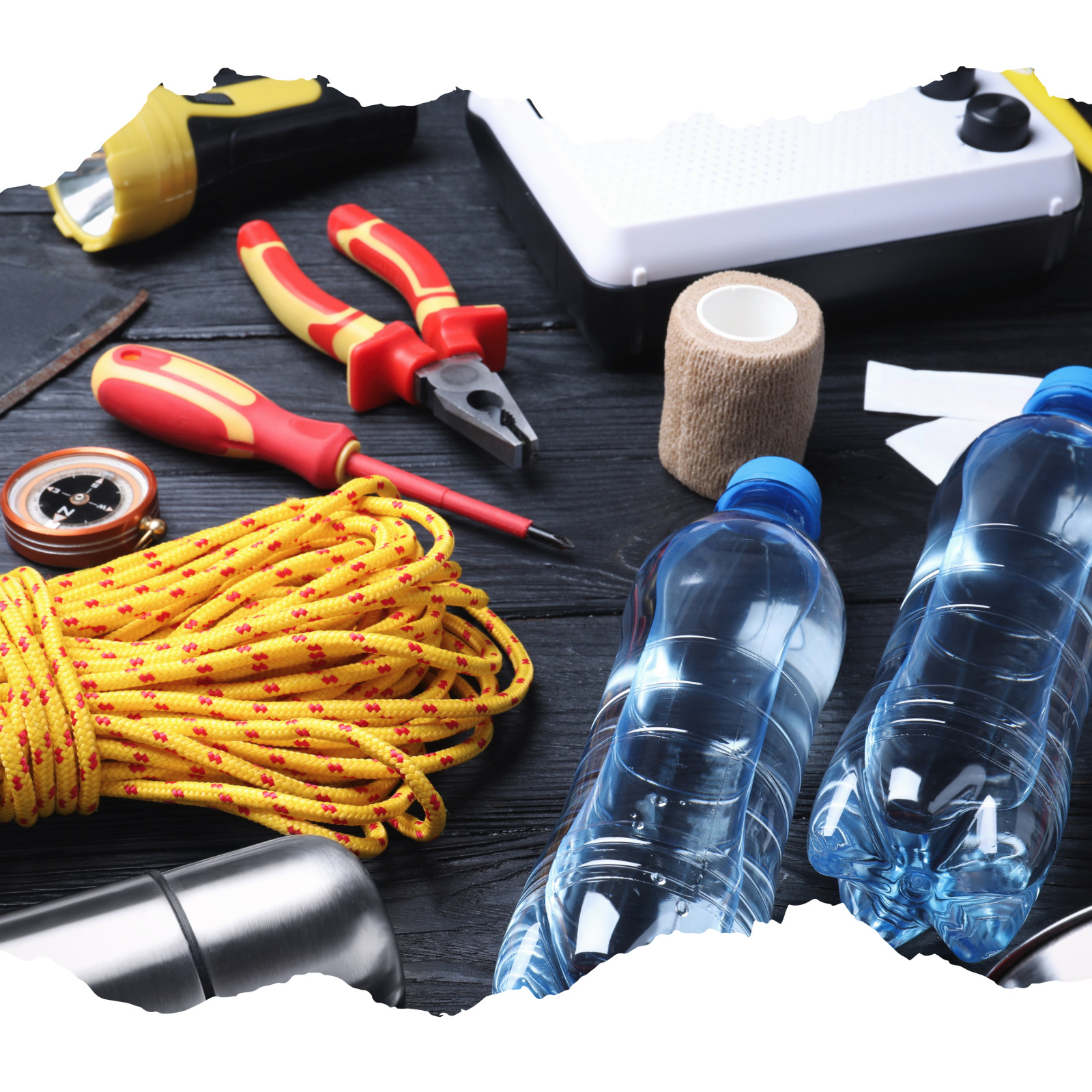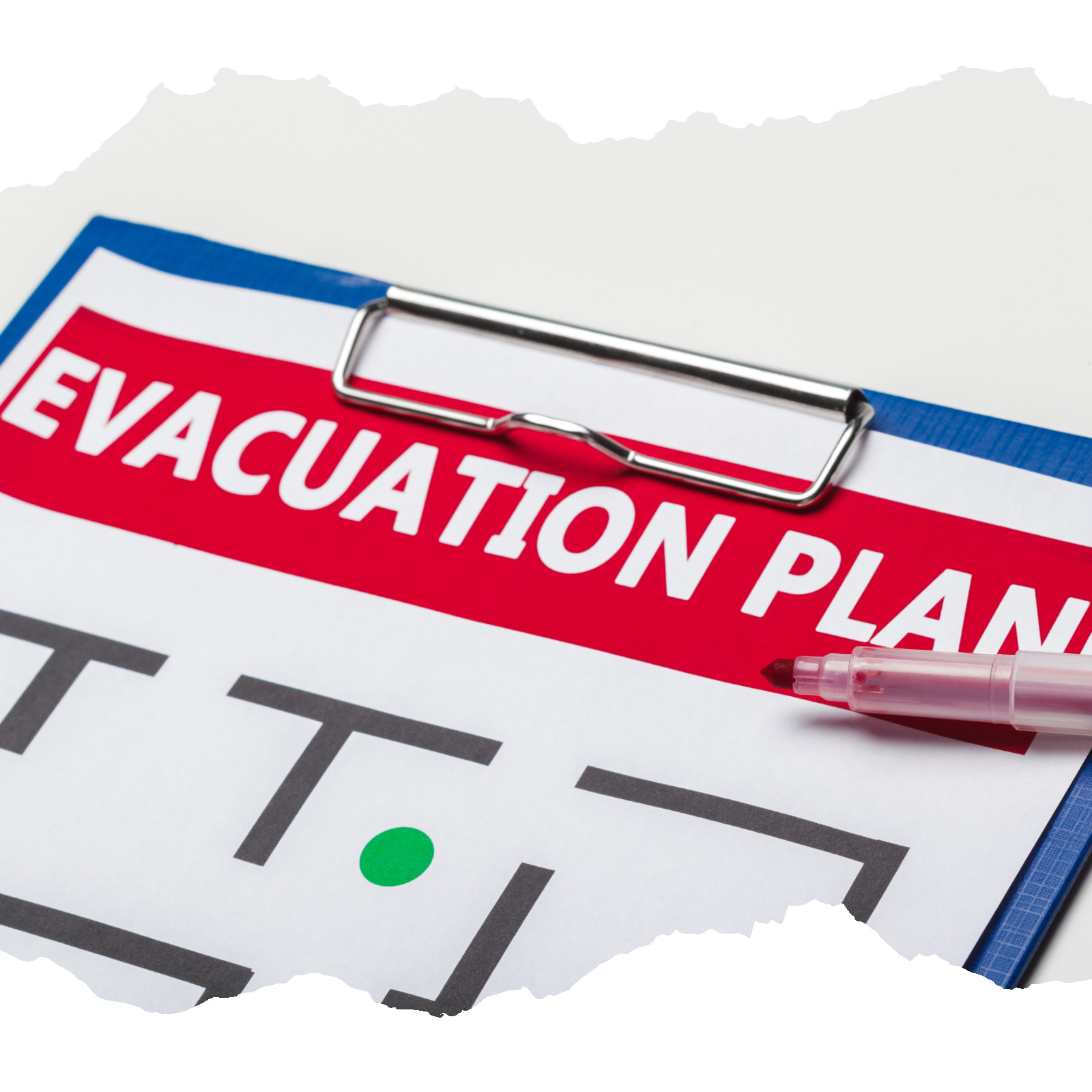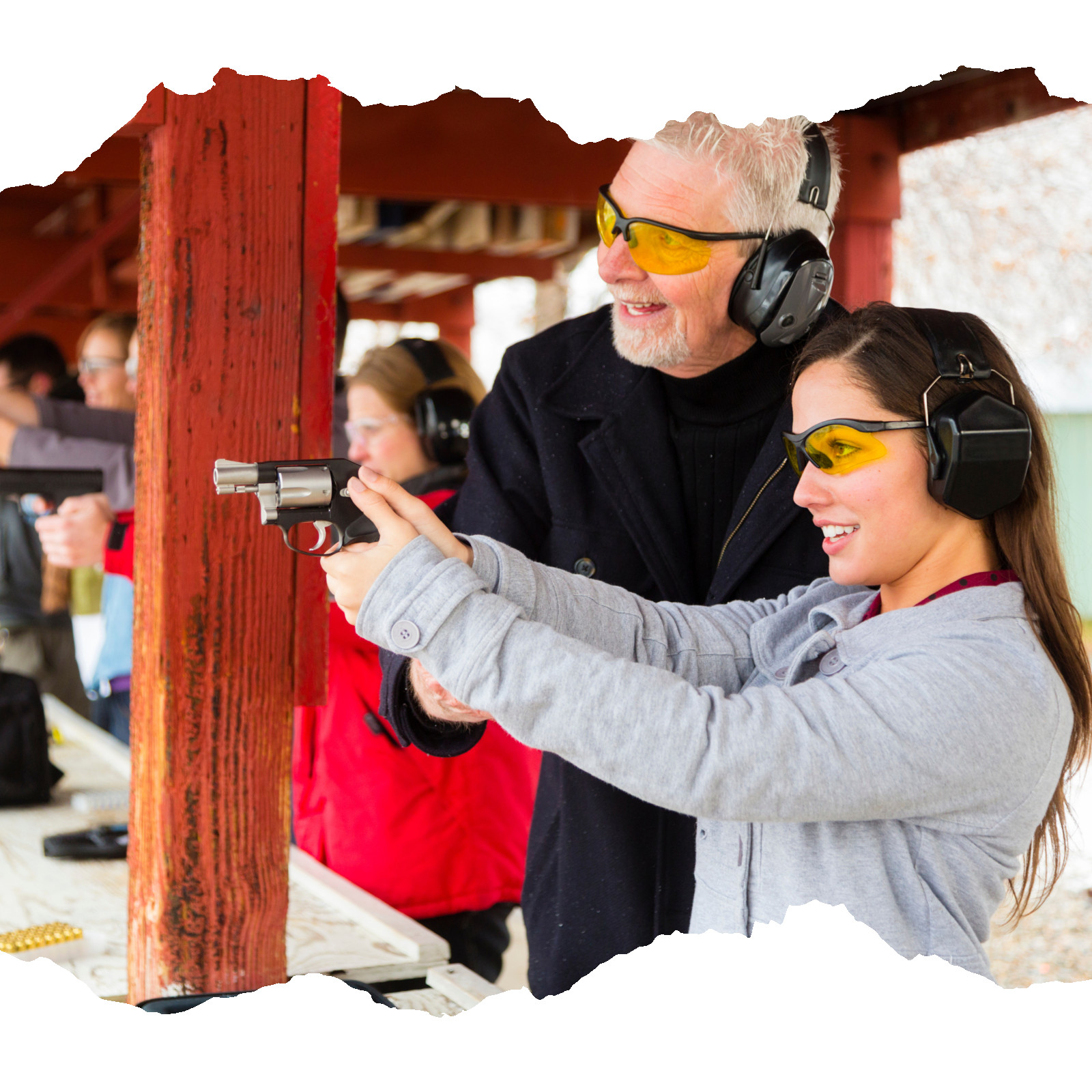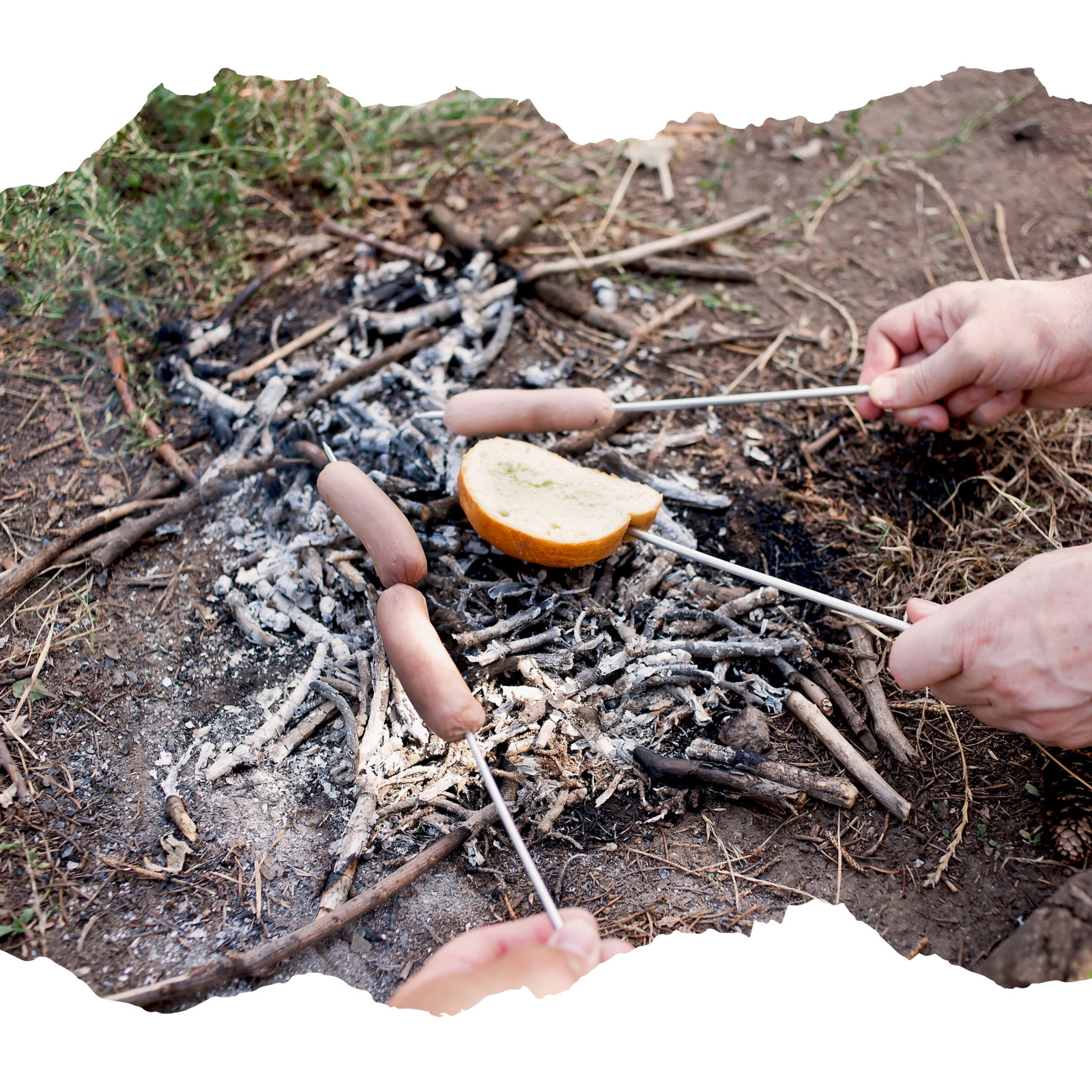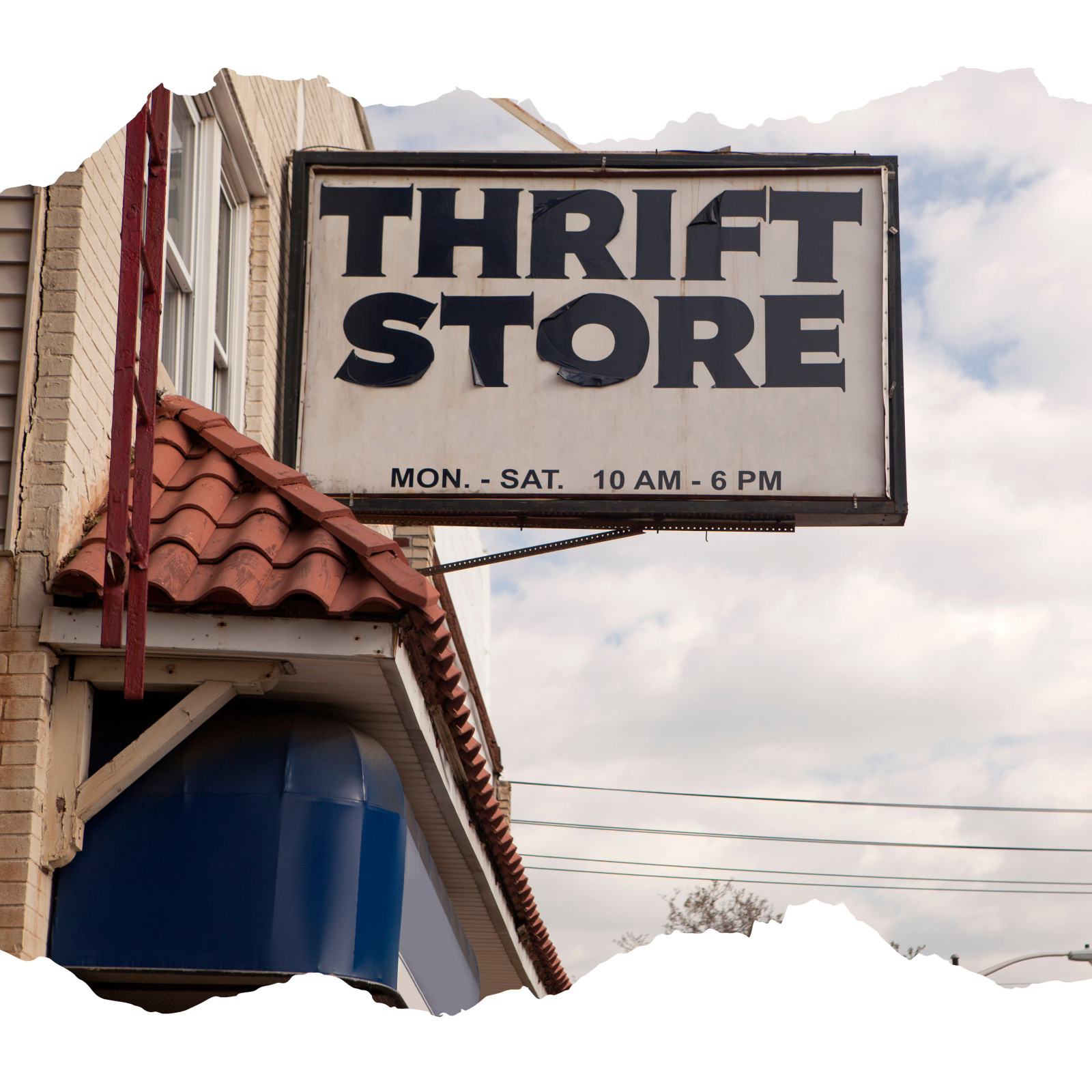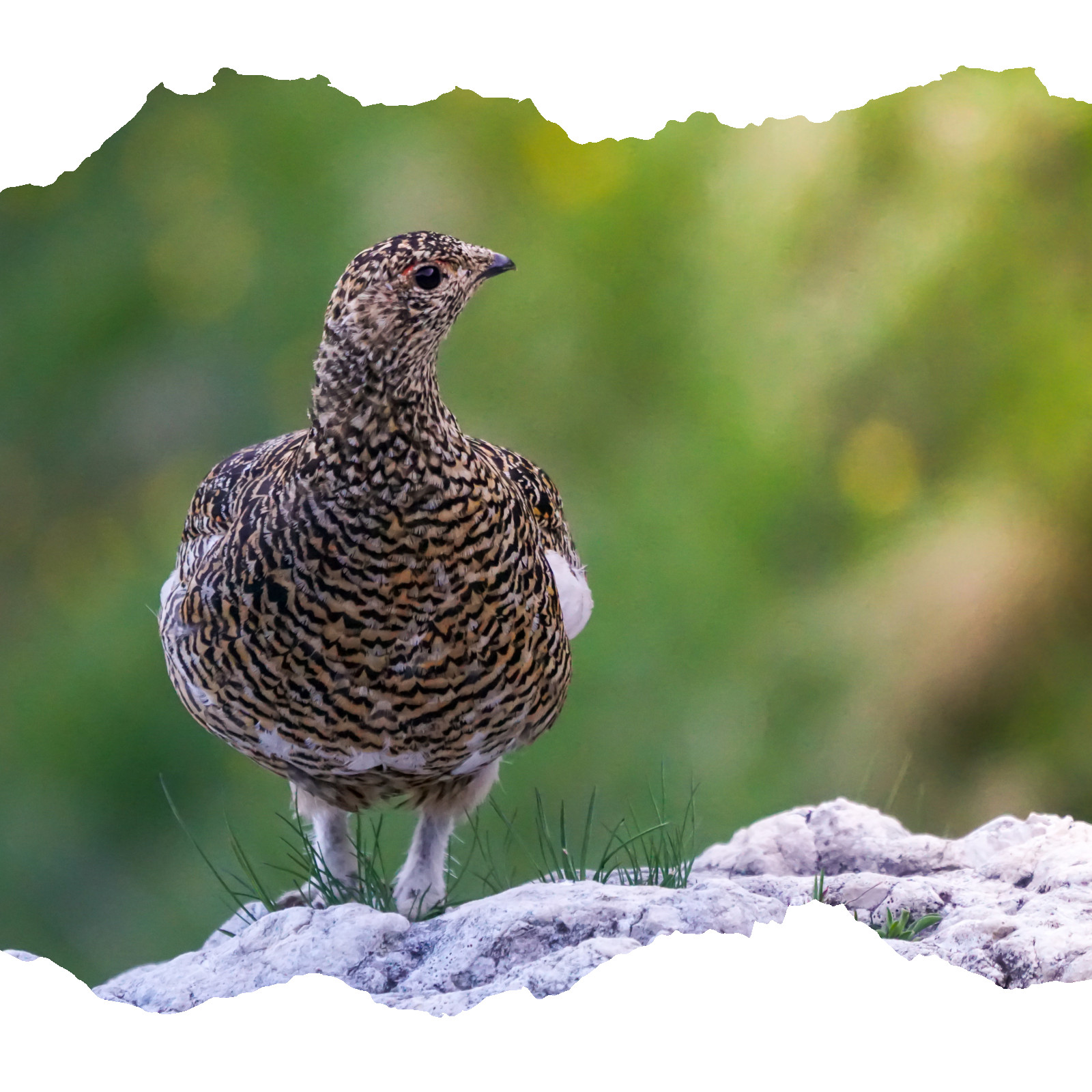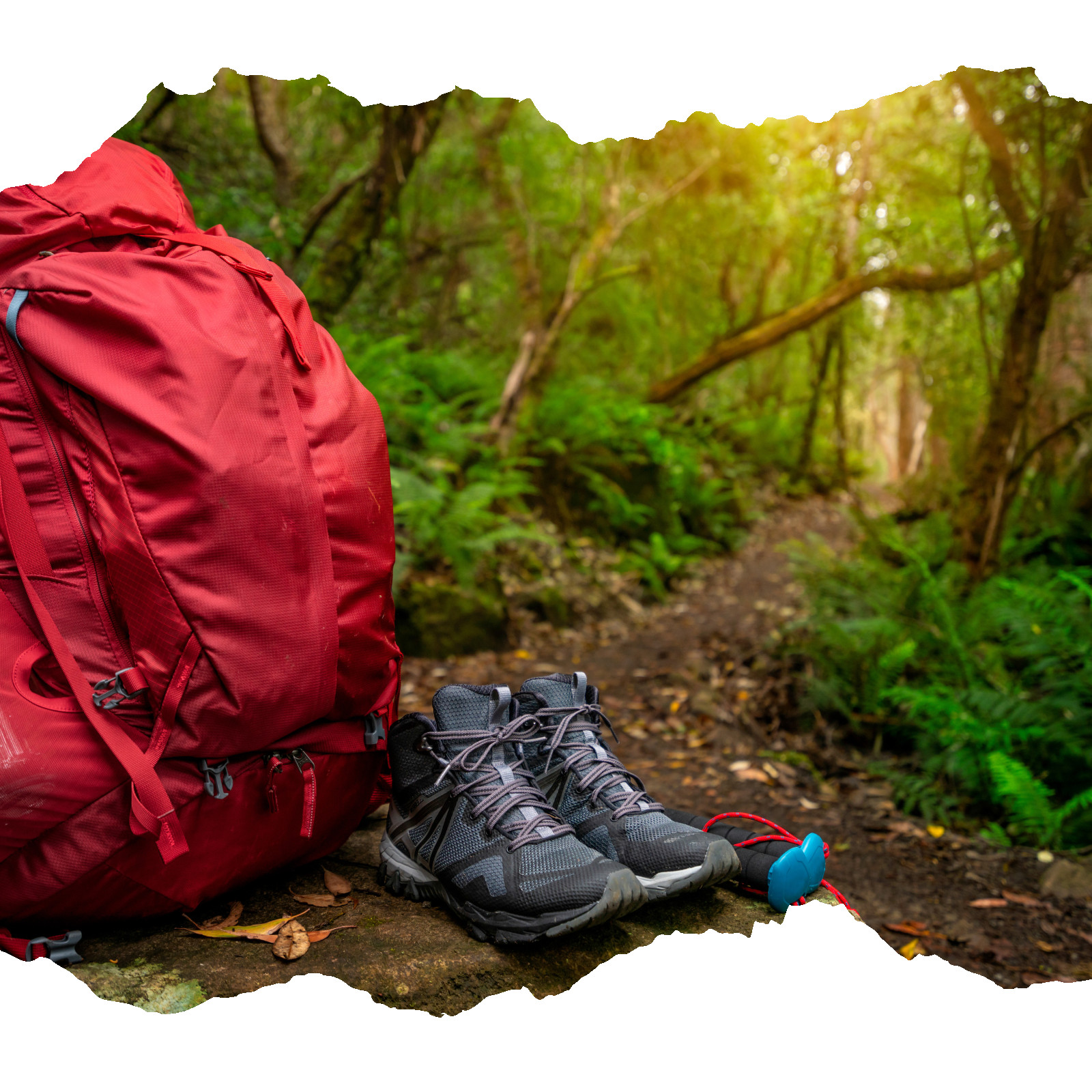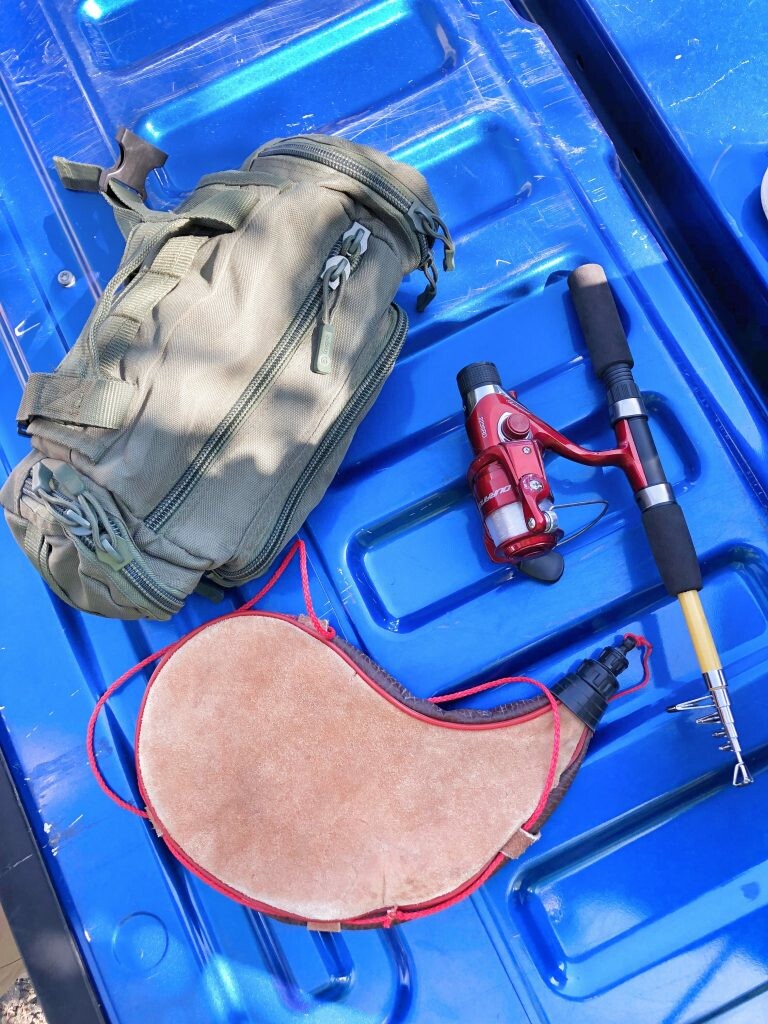
Being a former Boy Scout, and working in a very rural environment, I’ve learned to keep a basic “survival fishing kit” in my vehicle all the time. This kit doesn’t have to be large and cumbersome. In fact, the kit I keep in our truck is contained in a small fanny pack. We've all heard of EDC, here we're going to discuss the EDD (Every Day Drive) kit.
Below I’ve listed all my must-haves. Keep reading to find out!
What’s in the kit
One of the first things I put in the kit was a method of making fire. Following the “Be Prepared” mantra, I have multiple methods for starting a fire. A ferrocerium (“ferro”) rod tops the list in this area, as even wet material will succumb to the extremely hot sparks put off by this material. Amazon has an excellent assortment of ferro rods in different dimensions. I’ve found that the ¼ inch or larger rods work best, but any port in a storm as they say!
The tried and true Bic style lighter obviously has a place in the fire kit. Because let’s face it, those things last forever.
I’m a huge fan of Dave Canterbury, but on this next point he & I diverge just a bit. Old fashioned strike anywhere matches (when you can find them!) are a great method for fire starting (another Boy Scout hold over lol). Make sure that you waterproof the heads to avoid wet weather complications.
Believe it or not, there is a flint and steel kit in the fire bag as well, along with char cloth and jute.
Water and water purification methods are up next.
Stainless steel water bottles are my go-to. But if you’re just starting out or just want to keep it simple, store bought bottled water, plastic sports bottles, or a bota bag (personal fav) work fine. I keep water purification tablets in the kit in case I have to replenish with water I can’t boil first.
The food component is made up of trail mix, granola bars, pre-packaged “snack packs” (tuna, chicken, etc). Add a few tea bags & coffee pouches and you’re set.
Don’t forget the fishing gear
A small collapsible fishing rod & reel are obviously a main component, along with a good assortment of lures/bait/flies. There’s nothing wrong with a small Plano or similar compartment box to be able to expand the lures and goodies. In my kit I included a couple of the yo-yo style automatic reels. These things are great! not only will they double or triple your effort to reward (they set the hook) but you can also use them for triggers in light snares.
For a shelter component, I threw a couple of emergency space blankets (mylar) in, along with some 550 cord.
A small folding knife and a small flashlight round out the basic kit.
Ready for anything
I’m sure you’ve noticed it ain't all strictly fishing. The point is to not completely limit yourself, be ready for a multitude of potentials. Different situations, different kits!
Hope you find this useful! Feel free to comment with any questions and I’ll get back to you ASAP!
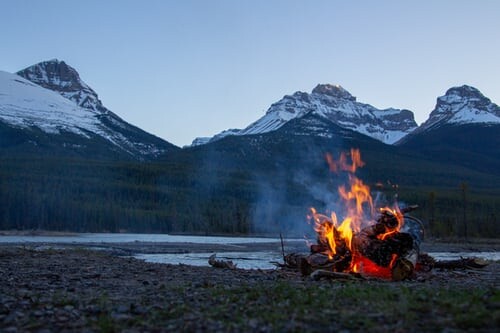
One of the hallmarks of human evolution is our learning to harness, create and control fire.
From providing warmth for comfort, all the way to facilitating the creation of metal tools, fire is one of the most important items in our tool chest.
In the recent past of outdoors activities, there has been a back and forth concerning fire making/fire use. The 80’s & 90’s saw a shift in the fire attitude, leading people away from open fires to liquid fuel camping/backpacking stoves or solar oven cooking. Concerns of fire danger & eco protection were all the rage, and a boom in these types of heating and cooking methods occurred.
All of these notwithstanding, there is most definitely a place and a need for actual fire, and therefore a need for us to know and practice multiple methods for creating it.
Stick Matches
The classic method of my Boy Scout fire making days (successfully starting a fire using only one match), this is the go-to and most often thought of when people talk fire making. The only real issues with this method are strike on box vs strike anywhere (thank you to whichever safety freaks out there have made it nigh impossible to find the latter anymore) and the fact that you may at times find them difficult to keep dry.
Cigarette Lighters
We’re talking the butane style, not the USB rechargeables. I’m not saying that the USB type are not useful, but in all honesty we’re out in the woods and trying to get away from being technology dependent!
One of the really cool things about this type of fire starting source is that even if/when the fuel is expended, the roller can still be used to throw sparks.
Ferrocerium Rod
Ferrocerium (or Ferro) rods are made of metallic alloys that allow for very hot & intense sparks to be thrown using friction and oxygen. This is a very reliable fire starting method, and is pretty damn simple to learn.
Flint & Steel
Flint & steel (or fire steel) has bee na staple of woodsmen and bush travellers for a few hundred years. It takes a little time and practice, but it is definitely a good method to know.
Magnifying Lens
A small magnifying lens or glass can easily be used to start your fire, if you have the cooperation of Mother Nature. I mean, really, who didn’t nuke an ant pile pile with one of these bad boys as a kid?
A Word on Tinder…
You need to keep a “next fire” mentality. This means planning for your next fire, and having enough dry material to get it started. A couple things I do to be one step ahead is keeping char cloth handy, as well as some homemade fire extenders utilizing cotton balls and petroleum jelly.
We’d really love to hear your thoughts and ideas on this, let’s talk!
*Be sure to click on the headers for products mentioned. As an Amazon affiliate, I will receive a small commission when you buy through these links. FYI, it doesn’t cost you anything extra, but it does help fund our site.


